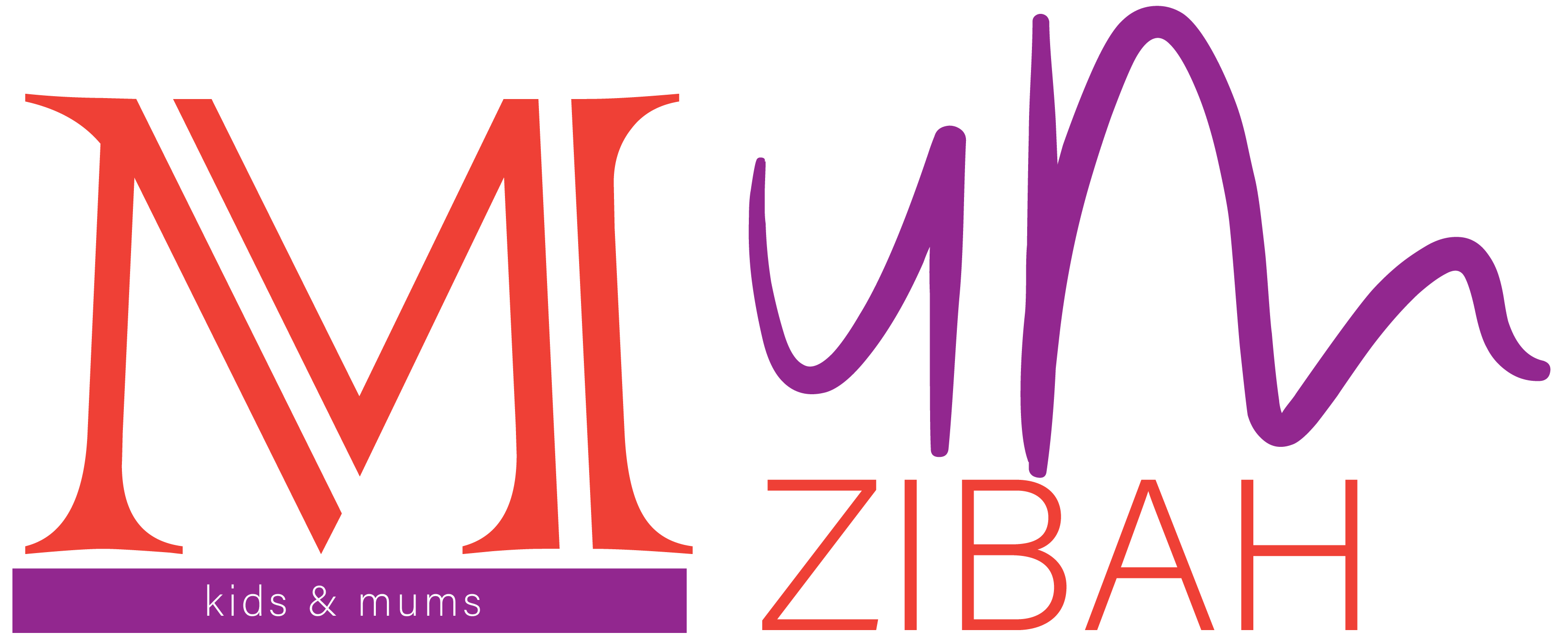There are various ways to express love to our partners but we only know a few. and love languages that people understand generally are popularized by Dr. Gary Chapman in his book “The 5 Love Languages,” which suggests that individuals express and experience love in various ways. Chapman identifies five primary love languages:
- Words of Affirmation: People whose love language is words of affirmation value verbal expressions of love and appreciation. They thrive on compliments, encouragement, and kind words.
- Acts of Service: For individuals whose love language is acts of service, actions speak louder than words. They feel most loved when their partner helps them with tasks, offers assistance, or takes care of responsibilities without being asked.
- Receiving Gifts: Some people feel most loved when they receive tangible gifts or tokens of affection. It’s not about the gift’s monetary value but rather the thought and effort behind it that matters.
- Quality Time: Quality time lovers prioritize spending meaningful, undivided attention with their partners. They feel most loved when they engage in activities together have deep conversations, or enjoy each other’s company without distractions.
- Physical Touch: Physical touch is the primary love language for individuals who feel most connected and loved through physical affection. This includes hugs, kisses, holding hands, and other forms of touch.
But here, love languages are very distinct from the normal explanations of Dr Garys that almost some people express and are okay with.
They may also be categorized as off-beat interpretations of love.
- Fluorescent Affirmations: Instead of simple words of affirmation, this love language involves expressing love through glow-in-the-dark messages or neon signs.
- Acts of Quirk: Rather than typical acts of service, this love language involves doing unconventional or quirky tasks to show affection, like arranging a surprise flash mob or building a fort out of pillows.
- Receiving Pranks: Instead of gifts, this love language involves sharing playful pranks and practical jokes as tokens of affection.
- Quality Quirks: This love language focuses on spending time together in unusual or eccentric ways, such as attending random classes or embarking on spontaneous road trips to quirky destinations.
- Physical Quirkiness: Instead of traditional physical touch, this love language involves expressing affection through playful gestures like tickling or engaging in silly dances.
Remember, the idea of love languages is to understand and appreciate how individuals prefer to give and receive love. These “wack” interpretations are just for fun and shouldn’t replace genuine understanding and communication in relationships.
Now, whatever way this goes, love expressions are beautiful depending on who enjoys it and who is dispensing it.
you can listen more on this on my podcast on Spotify, apple podcast, and Google podcast to enjoy this talk engagingly.
You can drop your take or share on this post via the comment sections. thanks for dropping by
Loves Mumzibah.







